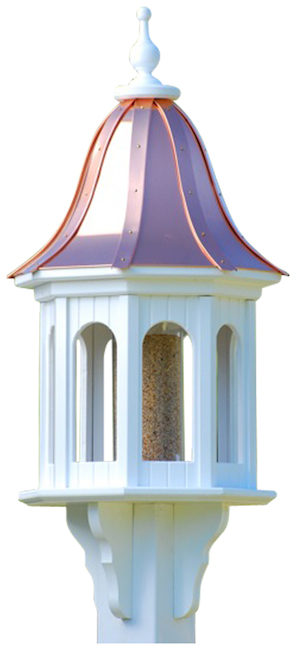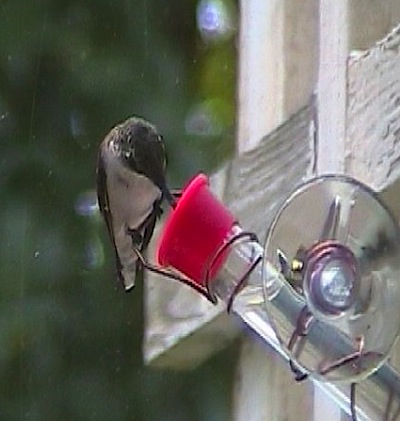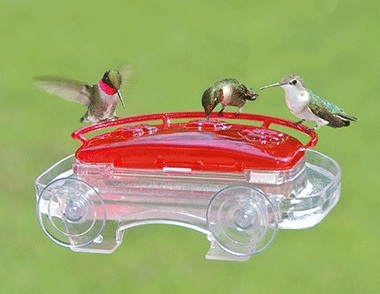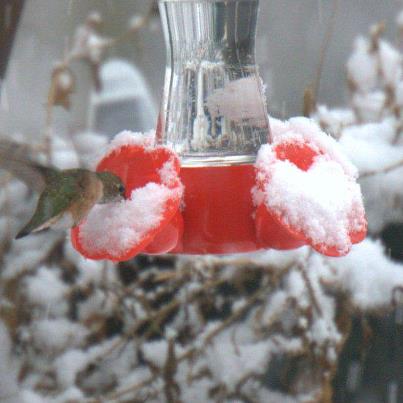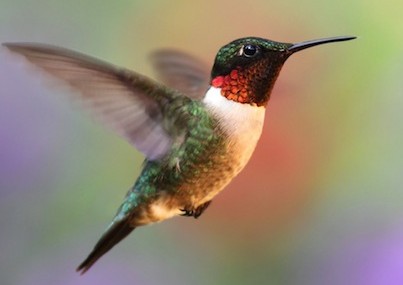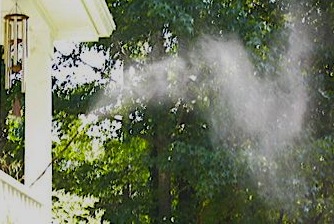-
Unofficial Launch and a $3K Copper Bird Feeder?
Well it’s unofficial, we’re roosting at some new digs now!
It took a while but there’s a new & improved birdhouse chick website! The best part is after 8 years, you’ll find the same personal service that brings our customers back again & again, plus some really cool birding wares and garden art. The site’s mobile friendly and easier to navigate, but we’re still working out some kinks. Hey, we’re simple nature folk, feed the birds and dig in the dirt, we’ll happily leave coding to the web developers!
As for the $3000 copper bird feeder? You can nab one for about $350 (with the promo code MC10) Why the ridiculous price tag? All in good fun and a charity bidding war! Last week in Wilson, NC, Mulligans Fore Kids held a charity event complete with auction. It seems a bidding war ensued over the item, fetching an impressive donation for the kids.
Is the feeder worth a few hundred bucks? You bet! Because it’s maintenance-free, sans any wood at all used in construction- it pretty much lasts forever. The secret is vinyl – like the kind use in housing construction. It won’t deteriorate like wood because its impervious to the elements. Give this impressive bird feeder a good cleaning with the garden hose and forceful spray, it won’t do any harm.
Feed the birds in style while creating a stunning focal point in the landscape. And please do check out our new site… logo above will take you straight there and don’t forget the promo code!
-
Leave that Window Hummingbird Feeder Up!
The fall hummingbird migration still has feeders popping! With most of the male Ruby Throats already in tow, females and babies are seeing less competition for nectar. They’re looking a bit plumper too as they prepare for the southward journey.
It’s pretty wild that even juveniles who’ve never made the trip, instinctively know to move south for winter – because they don’t follow mama and they don’t fly in flocks! The dwindling hours of daylight is their signal.
Nectar can be a little stronger this time of year as extra calories serve the birds well… they’re literally on a mission! So leave your window hummingbird feeder up, even if you don’t see anymore birds at the moment. Stragglers from the north may find an oasis at your place if fresh food is available for re-fueling.
To get an idea of the September-October migration, head on over to fall hummingbird migration (learner.org) and click the map to left. You can even submit your own comments about hummingbird activity at your place. Considered Citizen Science, the data greatly helps in tracking the tiny sprite’s movement.
If by chance you have a basin style window feeder, consider using it year-round for resident birds. Not filled with nectar, but mealworms, shelled peanuts, suet crumbles or similar. Remove the lid and your left with an ideal feeding tray!
We took an old plastic hummingbird feeder that started to leak (after a run through the dishwasher) and placed dried meal worms inside and hung from a branch. It was an instant hit with bluebirds, chickadees, titmice and warblers! Sure beats tossing a perfectly good feeder in the trash, huh? 🙂
Above all, leave at least one hummingbird feeder up for stragglers. There’s even documentation that some hummers stay year-round… in NC and even further north in MA. It’s a total myth that leaving feeders up will keep the birds from leaving… Mother Nature provides them with keen instincts far and beyond that of any two-legged creature!
-
Busy Buzzings Around the Ant Moats!
Dawn through early morning would definitely be the best time to catch local bird action around your yard. But let’s face it, not all of us are early-birds and busy schedules don’t always permit those few spare minutes of enriching watch time.
With southern migrations underway for many species, it’s a great time to catch the action! Dusk and the hour or two prior offer almost as much (if not more) backyard bird action.
Sitting on the deck last night with about 25 hummingbirds furiously buzzing about seemed almost magical. Sure we’ve had the sprites here all summer, but fewer numbers. Going through 15 pounds of sugar to keep 8 feeders filled and fresh over the last two weeks or so has been extra work but rewarding. So as not to waste a drop of nectar, the ever important ant moat is a true life saver, for the birds and for the wallet!
If you’ve been feeding hummingbirds for any amount of time, it’s likely you’re familiar with the handy-dandy device, but if this is season one of your new hobby, know that one little ant moat will save a whole lot of nectar!
Because ants can’t swim, feeders stay protected from the pesky things. But you must keep the moat at least half-full with water. Ants emit something truly nasty to hummingbirds, and it only takes one to ruin a whole feeder full of fresh nectar. With the feeding frenzy going on now, this is a big fat bummer for hummers!
If you’ve had a few sprites visit but are not really seeing them now… something’s wrong! Either nectar is not fresh, there are ants around, or even worse, yellow jackets 🙁 You can minimize the latter by keeping the outside of feeders clean, if they sway or leak, it’s an invitation to the nasty fliers.
Save money and provide hummingbirds the best nectar by making your own! It’s just plain table sugar and water… that’s it! No red dye, and nothing else for the solution as it’s harmful to their health. The standard ratio is 1:4 (1 cup sugar to 4 cups water) but at busy migration times when the hummingbirds are trying to fatten up for the long journey, the solution can be stronger, thus offering more calories. We go 1:3 when they arrive and when they depart.
Treat them well with fresh water sources (like a leaf mister shown here) and fresh food and they’ll grace your place next year. Site fidelity is another cool characteristic of these most intelligent birds!
If you put forth a little effort to help migratory birds on their way, you can sit back & enjoy the show.
Safe travels little ones, and we’ll see you next year on the flip side 🙂


